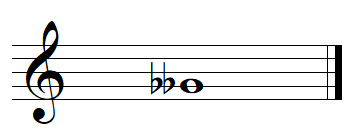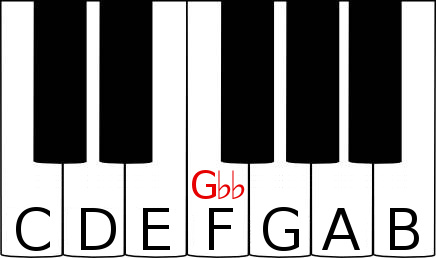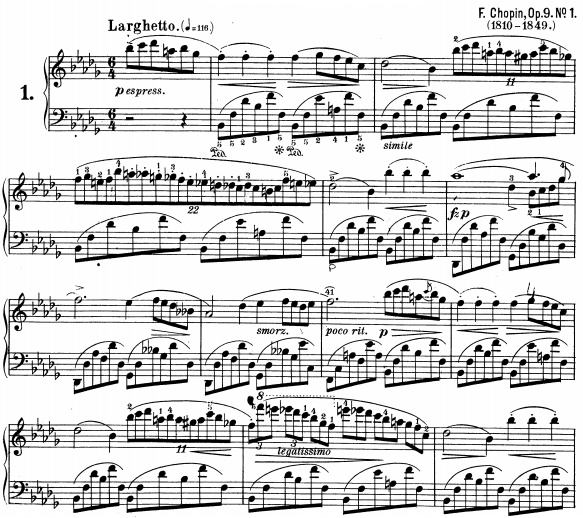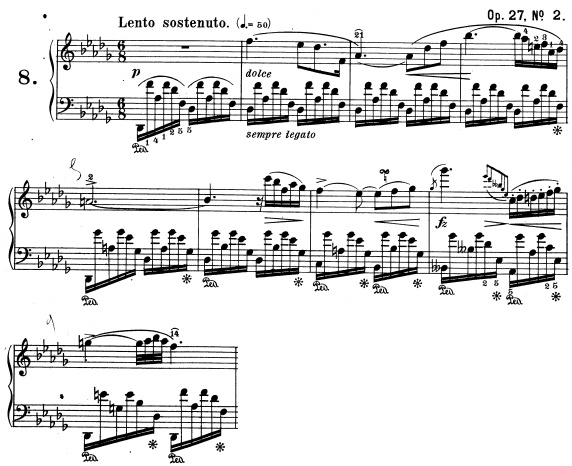What is a double flat?
The double flat is an accidental that lowers the sound of a music note by two whole steps 

In other words, the double flat lowers the sound of the note by one whole step 

What does the double flat look like?
Here is how the double flat is symbolized on a staff 


Example
Here is a G double flat, which like any accidental, is placed before the altered note:

As there is only one whole step between F and G, playing a G double flat is like playing an F on a piano, because this accidental lowers the sound by two whole steps:

Why complicate things when they can be simple?
The note B double flat will never be an A note, a B double flat will always be a B double flat, and one of the reasons is very simple, let's take the F flat Major scale, even if it is rarely used:

In this scale, there is a B double flat. When this note is played on a piano, it is played with the same key as an A note. Let's imagine that we replace this B♭♭ by an A note, this becomes absurd, because just like in the C major scale, the names of notes follow each other (C D E F G A B), and we can't have fun replacing notes with enharmony when it suits us. The F flat Major scale is F♭ G♭ A♭ B♭♭ C♭ D♭ E♭ F♭ and not F♭ G♭ A♭ A C♭ D♭ E♭ F♭, because otherwise we can write the C major scale like this: C C♯♯ E G♭♭ F♯♯ A C♭ B♯? Absurd, right?
Famous works using the double flat
You can be sure that you will find double accidentals in Chopin's music, let's look at the Nocturnes.
Nocturne opus 9 n°1 by Chopin
Frédéric Chopin's Nocturne opus 9 n°1, composed in the main key of B flat minor, has double flats, notably in measure 7 


(Royalty free sample performed by pianist Samson François in 1964, Creative Commons Zero 1.0 license, source)
Nocturne opus 27 n°2 by Chopin
Frédéric Chopin's Nocturne Opus 27 No. 2 in D flat Major has double flats in measure 8, and you will notice the use of a turn (gruppetto) in measure 7:

(Royalty free sample performed by pianist Samson François in 1964, Creative Commons Zero 1.0 license, source)


